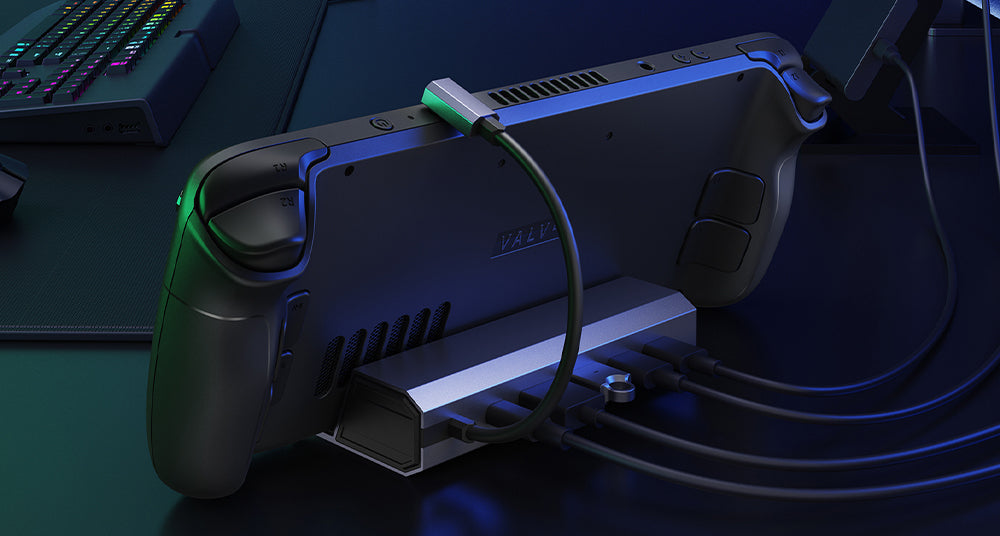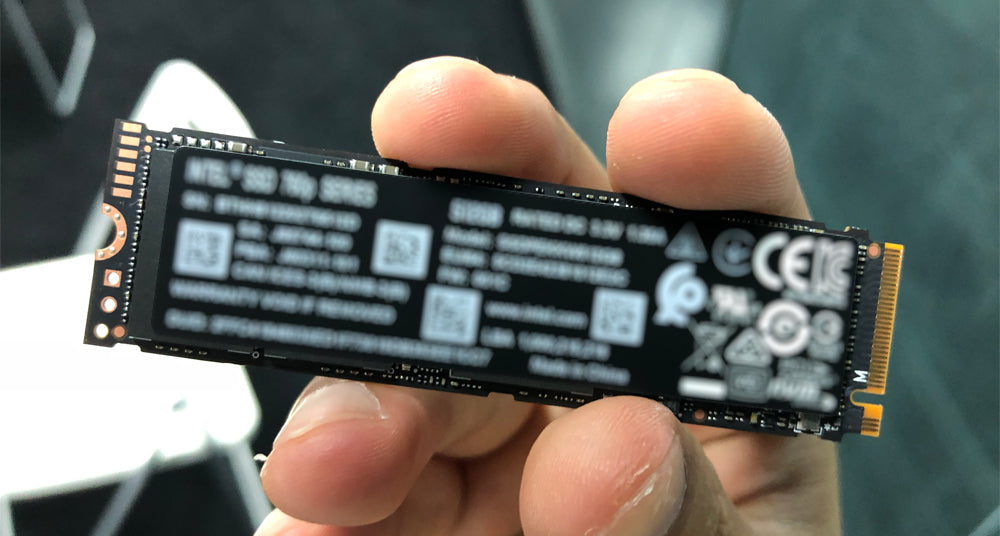Hi everybody,
Despite being surrounded by electronic devices, most users have little knowledge of the technologies that make them possible. And this is normal, as we can't excel in many subjects at the same time and we prefer to leave that work to the real experts. However, learning the basics about consumer electronics may help us make better purchasing decisions.
We’ve set out to be your best allies, so this is the beginning of our initiation guide to consumer electronics. Today, we'll be taking a closer look at HDMI (High-Definition Multimedia Interface), which is made for transferring high-quality video and audio signals from a multimedia device (a PC, a video game console, or a DVD player) to your screen. It was introduced into the consumer electronics market in 2002, and it’s a standard for all smart TVs and home entertainment devices nowadays.
Compared to the options previously available on the market, and especially after multiple upgrades, HDMI offers far superior quality than a VGA connector, ready only for video signals, or the classic jacks we had to connect separately. That’s because its signal is fully digital. From its early days, HDMI offered a resolution of 1080x1920p without any loss, unlike the options mentioned above, because these were powered by waves. In the latter respect, another notable feature is that digital signal is more resistant to distortions than analog, which tends to respond to noise with the classic interferences we used to see on any old TV.
In addition to all these technical reasons, we love HDMI cables because they help us keep our gaming setups and TV cabinets a bit tidier. Almost everything we need to spend a great evening is inside its little structure, usually equipped with 19 tiny but powerful pin connections to transfer data between your devices. Each one has a unique function, but this topic is so complex that we may discuss it in a future update!
In electronics shops, you will see that there are several types of HDMI connectors to choose from. It all depends on the device you’re using. So whenever you're buying a new one, we recommend you take a picture of the HDMI ports on your devices to make sure you choose the right cable.
- HDMI Type A (13.9mm x 4.45mm): The most common type in the market, usually seen on smart TVs, video game consoles, recorders, and many other devices. It supports 4K, SDTV, EDTV, HDTV, and UHD modes.
- HDMI Type B (21.2 mm × 4.45 mm): The only one with 29 pin connections, which is supposed to offer a higher quality of video and resolutions up to 8K. It’s very uncommon nowadays.
- HDMI Type C (10.42 mm × 2.42 mm): Also known as ‘mini-HDMI’. Same functionality as type A with a smaller connector. It was introduced with HDMI 1.3, mainly for video cameras.
- HDMI Type D (6.4 mm × 2.8 mm), or ‘micro-HDMI’. It’s way similar to a micro-USB connector, also designed for digital cameras.
- HDMI Type E is exclusive for cars to allow the connection of external devices. You won’t find it out there!
Starting on HDMI 1.4, HDMI ARC connections became popular too. It was developed to allow TVs to send audio signals to external devices such as a sound bar or stereo amplifiers.
In recent years, we’ve seen the birth of several alternatives to HDMI technology that claim to cover its shortcomings. These are DisplayPort, which has at least one connection on most new desktops, superMHL, and Thunderbolt. If you want us to talk about them, let us know on social media!
To conclude this article, here are two facts you may consider before purchasing a new HDMI cable:
- First, they can be as long as 7.5 metres, but only those under 4 m long guarantee the best picture quality. If possible, try to bring the devices closer together instead of using a longer cable.
- Second, remember that the more dongles you use between the output and the input, the more chance of interference or complete loss of the signal — so if you use an adapter, make sure to choose it carefully.
See you in our next entry!





Leave a comment
All comments are moderated before being published.
This site is protected by hCaptcha and the hCaptcha Privacy Policy and Terms of Service apply.